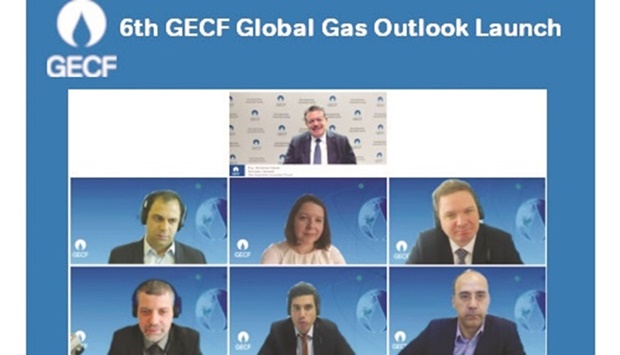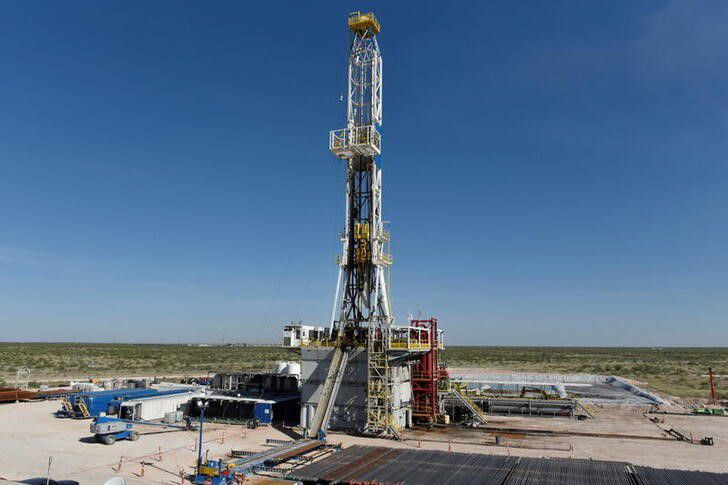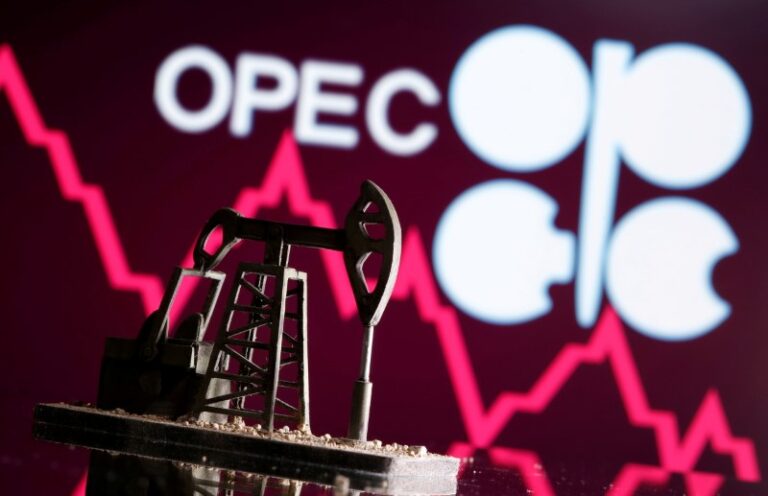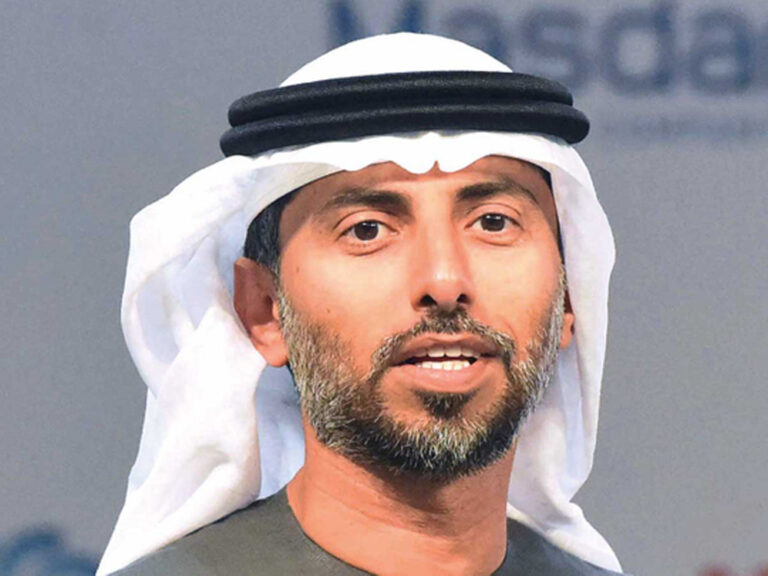Global airlines on the flight path to carbon neutral aviation

Air transport’s commitment to tackling its environmental challenges has not diminished despite the Covid-19 crisis that has decimated the global aviation industry. On the contrary, many airlines have pledged further action by targeting net-zero emissions; by purchasing sustainable aviation fuel (SAF); retiring aged aircraft, such as the iconic Boeing 747; and investing in the latest generation of fuel-efficient planes, including the Boeing 737 MAX and Airbus A350.
The development and deployment of sustainable aviation fuel (SAF) is the biggest area of opportunity for long-term reductions in aviation emissions, according to IATA, the global body of airlines.
SAF has the capability to reduce emissions 80% on a “like-for-like” basis with Jet A-1 fuel.
Elevating the production capacity for SAF is therefore a priority for airlines. Current levels are too low, at around 0.02% of global demand, to significantly lessen emissions or to generate the economies of scale necessary to reduce costs to competitive levels. But production is beginning to increase dramatically.
In 2021, IATA estimates the production and use of between 100mn and 120mn litres of SAF — an increase of more than 50% on 2020.
SAF facilities commissioned some three to four years ago are now coming online, IATA noted. An example is the Fulcrum Sierra Biofuel plant in Reno, Nevada, in the United States, which converts solid municipal waste into SAF.
Numerous additional SAF production facilities will come online over the next four years, such that by 2025 approximately 5bn litres of SAF could be available. That, IATA says, will meet around 2% of global demand.
By 2030, projections are for SAF availability to increase to cover at least 5% of demand globally. Meeting and exceeding projections for SAF cannot be the responsibility of SAF producers and the aviation industry alone.
Governments need to set in place supportive policy frameworks, industry experts say.
The global air transport industry recently took a momentous decision to achieve net-zero carbon emissions by 2050 and ensure that flying is sustainable.
To achieve that, cost-competitive sustainable aviation fuels (SAF) should fuel the majority of aviation’s global emissions mitigation in 2050.
The industry has set out the pathway to meet its 2050 goal using a mixture of new technology, efficient operations, and improved infrastructure.
The target of reducing net CO2 by half is feasible through the aggressive deployment of SAF.
Other proposed options include the accelerated development of small, zero-emissions aircraft for short-haul operations from 2035 and the use of offsets in the interim.
These and other measures could also make it possible for the industry to meet an even more ambitious goal of net-zero carbon emissions by 2050.
It is estimated that (under the industry’s trend setting initiative CORSIA or Carbon Offsetting and Reduction Scheme for International Aviation — a global carbon offsetting scheme) aviation will have to offset 2.6bn tonnes of CO2 between 2021 and 2035.
Obviously, the aviation industry has pinned its hopes on sustainable aviation fuels, which it believes will help reduce airlines’ global emissions and industrial carbon footprint.
It is proven that SAF can cut CO2 lifecycle emissions up to 80% compared with conventional jet fuel. It uses sustainable fuel sources, which do not compete with food or water, or damage biodiversity.
Rather than being refined from petroleum, SAF is produced from sustainable resources such as waste oils from a biological origin, agri-residues, or non-fossil carbon dioxide (CO2).
Sustainable aviation fuels are currently certified by regulators for up to 50% use in commercial flights.
SAF has been around since 2008. And more than 300,000 flights have taken to the skies using SAF since 2016, according to the International Air Transport Association. More than 45 airlines now have experience with SAF.
These flights have used it blended with regular aviation — without the need for any modification of engines or aircraft — and production continues to grow.
The amount of SAF used by commercial aircraft rose 65% between 2019 and 2020, despite the devastating financial impact of Covid-19 on airlines.
IATA Director General Willie Walsh says governments must be active partners in achieving net zero by 2050. As with all other successful energy transitions, government policies have set the course and blazed a trail towards success.
“The costs and investment risks are too high otherwise. The focus must be on reducing carbon,” Walsh insists.








